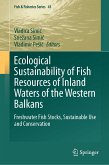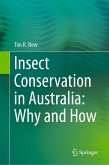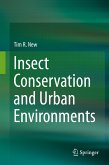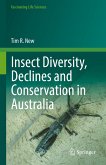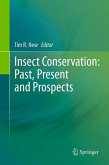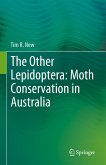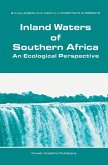The inland waters of Australia, and their largely endemic insect inhabitants, are subject to a wide and increasing variety of threats that continue to change those environments and lead to losses of insect habitats and localised taxa. Many of those changes result from human needs for water and measures to assure supply in naturally varied flood/drought regimes on which anthropogenic changes are imposed, and to which aquatic biota are increasingly susceptible. This book is a broad overview of Australian aquatic insects, the problems they face as changes to key habitats occur, and measures by which their survival may be enhanced through practical conservation. As well as summarising the current conservation interest in aquatic insects in Australia, the text draws on information and case histories from many parts of the world to augment the generally more limited information from Australian taxa and their needs, to facilitate use and perspective on conservation practice by non-specialist conservation managers, whilst also being of value to entomologists interested more directly in aquatic insect ecology and conservation .The numerous references to many taxa, regions and ecological contexts provide examples for possible emulation in Australia, and summarises many practical lessons relevant to honing effective conservation across the range from individual threatened species to the more complex protection or restoration of aquatic communities in which insects play significant functional roles.
Dieser Download kann aus rechtlichen Gründen nur mit Rechnungsadresse in A, B, BG, CY, CZ, D, DK, EW, E, FIN, F, GR, HR, H, IRL, I, LT, L, LR, M, NL, PL, P, R, S, SLO, SK ausgeliefert werden.



